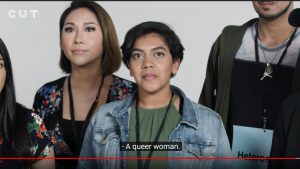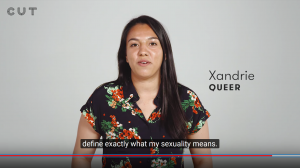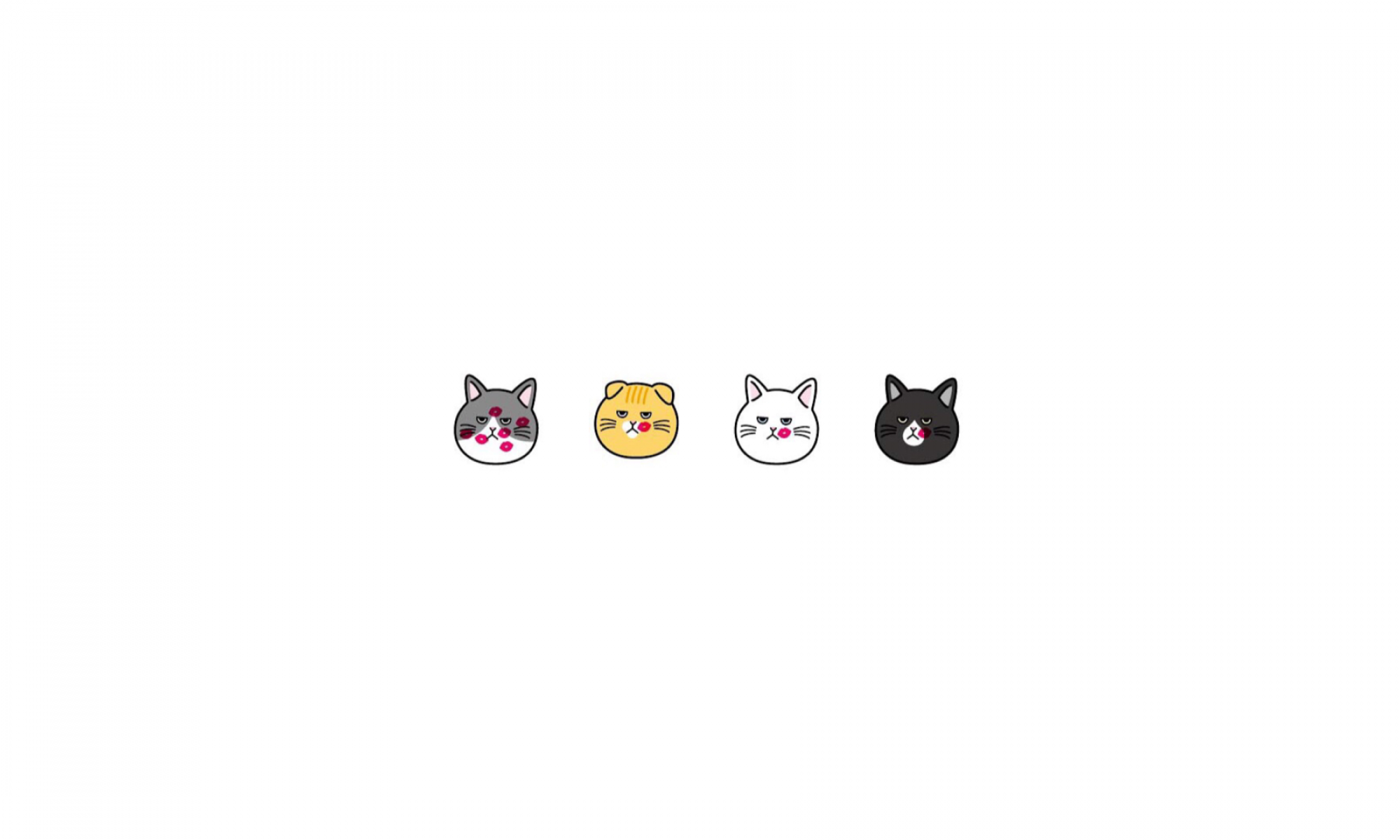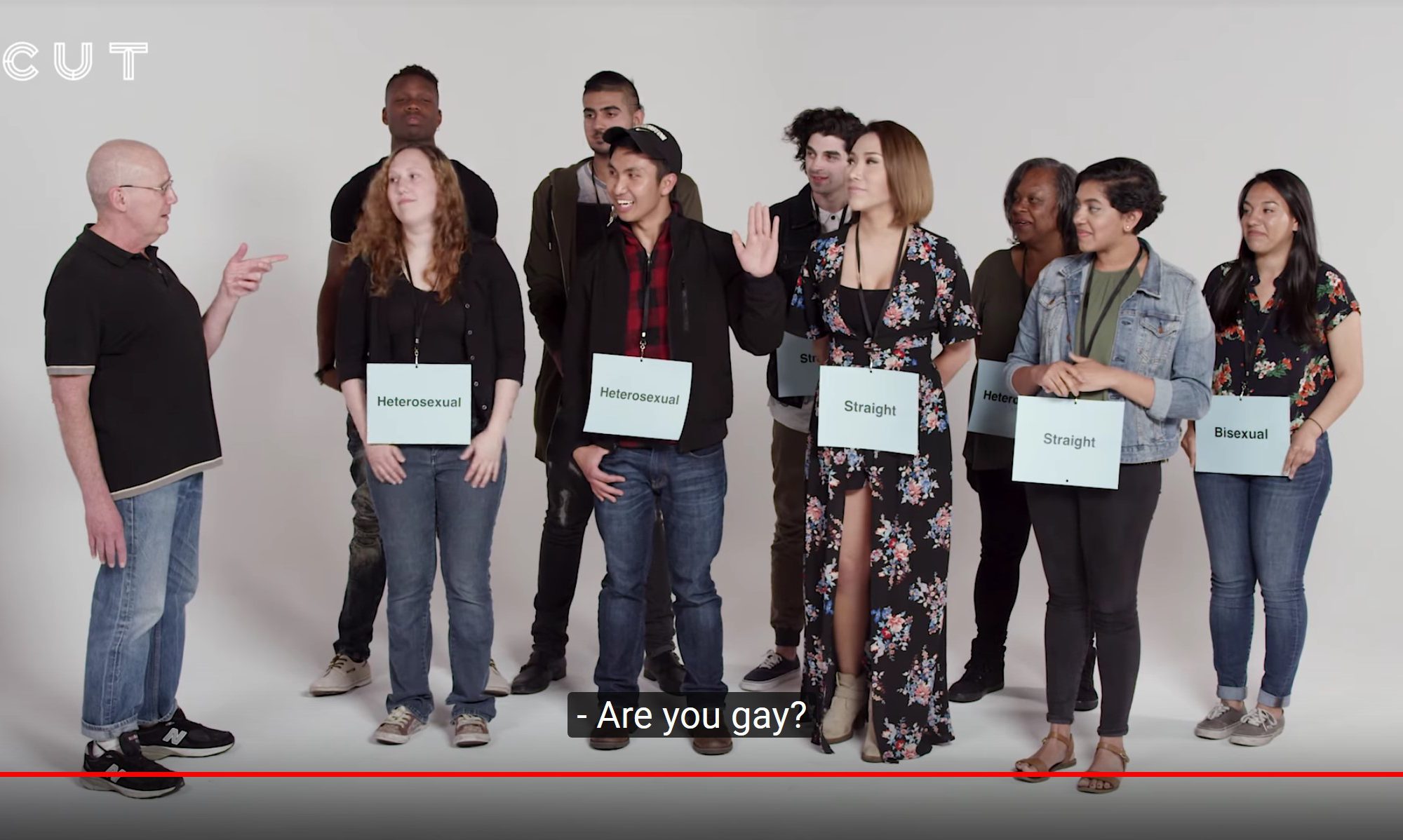Have you ever walked past someone and wondered just what in the world was he thinking when he bought that hideous jacket? Or have you ever saw two girls holding hands, and wondered to yourself whether they’re lesbians or just good friends?
As humans, we tend to judge and label everybody that we meet in our daily lives – no matter whether we are conscious about it or not. We seem to have a better peace of mind when we allocate different labels to people, sometimes even without knowing the other personally.
Labels are almost always used to “classify” members of the LGBT community according to their sexuality. Many people also seem to think that members of the LGBT community can only be lesbian, gay, bisexual and transsexual. However, this system of labels is merely a very basic model and is not comprehensive enough to reflect all different kinds of sexual orientations and gender identities. Thus, individuals who do not identify themselves with the LGBT labels such as “gay” and “lesbian” may be forced to do so simply because it is the more “socially accepted” label. Meanings and significance of these other identities are hence lost when they do not fall into the LGBT category (“What’s wrong with labels, n.d.). However, one thing that remains the same is that people label others based on behaviours and stereotypes.
This video illustrates this in a studio setting, where people are asked to guess the sexual orientation of strangers. They are given different labels including straight, gay, lesbian, bisexual, asexual and queer femme.

They were also given the opportunity to ask questions to help them better guess and judge the stranger’s sexual orientation. These included questions about their hobbies and which celebrities they knew. Judgements were also made on how they danced (“Most gay people dance like mad!”), how they speak (“Her voice kind of sounded lesbian”), how they dress and portray themselves, and even how they pose (“Definitely a lesbian. Most girls if you said strike a pose, they would’ve been like ah, ah, yeah!”). Many of these statements made were based on stereotypes of LGBT members.

However, at the end of the video, we see that nobody guessed all the strangers correctly. Judgement based on mere questions were wrong, and deeply based on stereotypes.

We also see that some labels do not fit at all. For example, Wara is a transgender, but “always considers myself (herself) as straight”. Similarly, Sharanya did not identify as a homosexual, but as queer instead. Even though she agrees that she is technically a lesbian, she does not agree with the term lesbian as she feels that it is limiting.
In the follow up video, the panel were interviewed on how they felt about the judgements made on them. These reactions ranged from positive (“I felt that it was a really fun day!”) to negative. For example, Sharanya felt upset when the people were pleased with themselves when they got their sexualities correct. They also seemed to assume that their identity, presumably heterosexuality, was the default for everyone, and anything that deviates from the norm was wrong. Even though this experiment was set in a controlled and harmless studio setting, it is also mentioned that this “judgement” and labeling by strangers is typical in their daily lives.
Additionally, another statement that resonated with me was by Xandrie, who said that queer (which she identifies with) to her means that she does not have to define exactly what her sexuality means. Labels can actually be seen as something fluid, and one might not perceive it the same way as another does.

The term used for the LGBT community is everchanging. In recent times, LGBT has evolved to LGBTQ, LGBTQIA, LGBTT2QQIAAP or even more other derivations. These labels help to help form communities, promotes inclusivity and facilitates solidarity (Ferguson, 2015). According to Jacquot, this unifying umbrella term can help people who feel marginalized based on their sexualities have a home – but it might also prompt talk about LGBT as one community, when it is actually many different communities which overlap (as cited in Daley, 2017).
Maybe, just maybe, it might be impossible to group everyone under a huge umbrella, under a specific label. Everyone is different, and everyone has their own traits that make them, them. Maybe what is important are the labels that the people are comfortable with when self-identifying, us not stereotyping, and working together to make a better place for everyone.
References
Cut. (2017, Jul 17). People guess the sexual orientation of strangers | Lineup | Cut [Video file]. Retrieved from https://www.youtube.com/watch?v=B2g0IhAuSAw
Cut. (2017, Jul 21). People guess the sexual orientation of strangers: The post interviews | Lineup | Cut [Video file]. Retrieved from https://www.youtube.com/watch?v=bmbt58ga1GM
Daley, B. (2017, Jun 2). Why LGBT initialism keeps growing. Chicago Tribune. Retrieved from http://www.chicagotribune.com/lifestyles/sc-lgbtqia-letters-meaning-family-0606-20170602-story.html


I agree with you as the judgemental world we are in today, labelling of one’s sexuality (especially opposing to to hetereosexuliaty) is required as it gives the hetereosexuals a peace of mind of what these sexualities really mean and are. However, i do see why some were upset with the judgements made on them. Maybe because, the discourse in which these labels meant differently for everyone. Like the one you mentioned, Sharanya who is technically a lesbian but do not identified so. Even within the community, there seems to be a disputes of agreeing on the label terms, what’s to say the ones not belonging to the community has a better label for them? I feel even she mentioned this so, many will eventually still label her as a ‘lesbian’ at the back of their minds because that is what many would agree with so. This reminds us of how struggling it could be for the ones who do not identify with the LGBT labels and how often they are mistaken as one community you mentioned. I do hope one day these different communities will find their belongings. 🙂
Hi Min Jun! I think this is a really interesting video that sheds light on how much stereotypes and preconceived notions plays a part in labelling others, though this might be very unconscious. As seen in the video, many people had their own preconceived notions of what a person of a certain sexual orientation should not only act like, but also enjoy in his past time or listen to. However, in contrast, I feel like people are more accepting of the fact that people who are heterosexual can be unique in their hobbies, music taste and personality, so it is strange how because of stereotypes, we do not grant the same ‘privilege’ and ‘autonomy’ to those whom we perceive as different from us. Like you mentioned, I hope that we can all have more progressive and open mindsets and embrace every individual as they are, without the pejoratives and stereotypes behind our unconscious or conscious labelling.
Hello Min Jun! I really really like your post. It really does portray the situation in the world today. WE ARE SO OBSESSED WITH LABELS! Most of these labels are overly simplistic. Like our race in Singapore where everyone is supposed to be placed in the Malay, Chinese, Indian and Others model, this is also happening in the LGBT community where not everyone will fully fit into the specific role that is in place. I also agree that when one is placed into a specific label, they are associated with stereotypes of that particular label. Hence, people will question why that individual does not act like his or her peers of the same label (which is annoying). Let us hope that the world will progress to a place where labels are more inclusive and there are no negative associations to any one of them:)
I think this video shows how people today judge people’s sexuality based on stereotypes. The fact that nobody guessed all the sexualities of the panel correctly also shows that it is impossible for one to guess another’s sexuality just based on stereotypes alone. This video also shows how these stereotypes are prevalent in today’s society as it was mentioned that the ‘judging’ and labelling by strangers is not unusual to them.
An interesting point brought up by the video is how some people find that certain labels are not accurate descriptions of their identity. As Min Jun rightly points out, some people are forced to identify themselves with LGBT labels such as ‘gay’ or ‘lesbian’ even though these terms are not representative of their identities. I agree how these labels are basic and unable to fully capture the identities of these individuals, and that it is impossible to group everyone together using a specific label. Each individual is unique and labels are unfair to them as people have stereotypes about how people who are labelled as such should act.
I think Min Jun has showed interesting examples of how people are judgmental and quick into labelling through these two video clips. Humans usually learn through visuals and audios. Hence, using what we observe and what we listen, we construct an idea. This is like how we judge people. As seen from the videos, we do so based on how they look, dress, sound and behave. I agree with one of the queers from the video, Xandrie, that it is an unfortunate nature of humans to judge quickly based on these external factors. It is unfair to a person to be immediately labelled, without seeing internally who they really are. Yet, this is a practice that is hard to change since animals, not just humans, would always discriminate “others” who are different from “us”.
The videos also highlighted the fact that labels are technically limiting. Common words used in our various languages are official and have a standard definition in dictionaries. However, labels are not official terms and people do not get educated on them in general together. Thus, it is unavoidable that different people would have different understanding of how these labels are defined. Yet, sometimes I wonder if creating so many labels for various communities to identify with would be helpful. Or would it be better to just use a uniform and neutral word such as “humans” to label all of us?